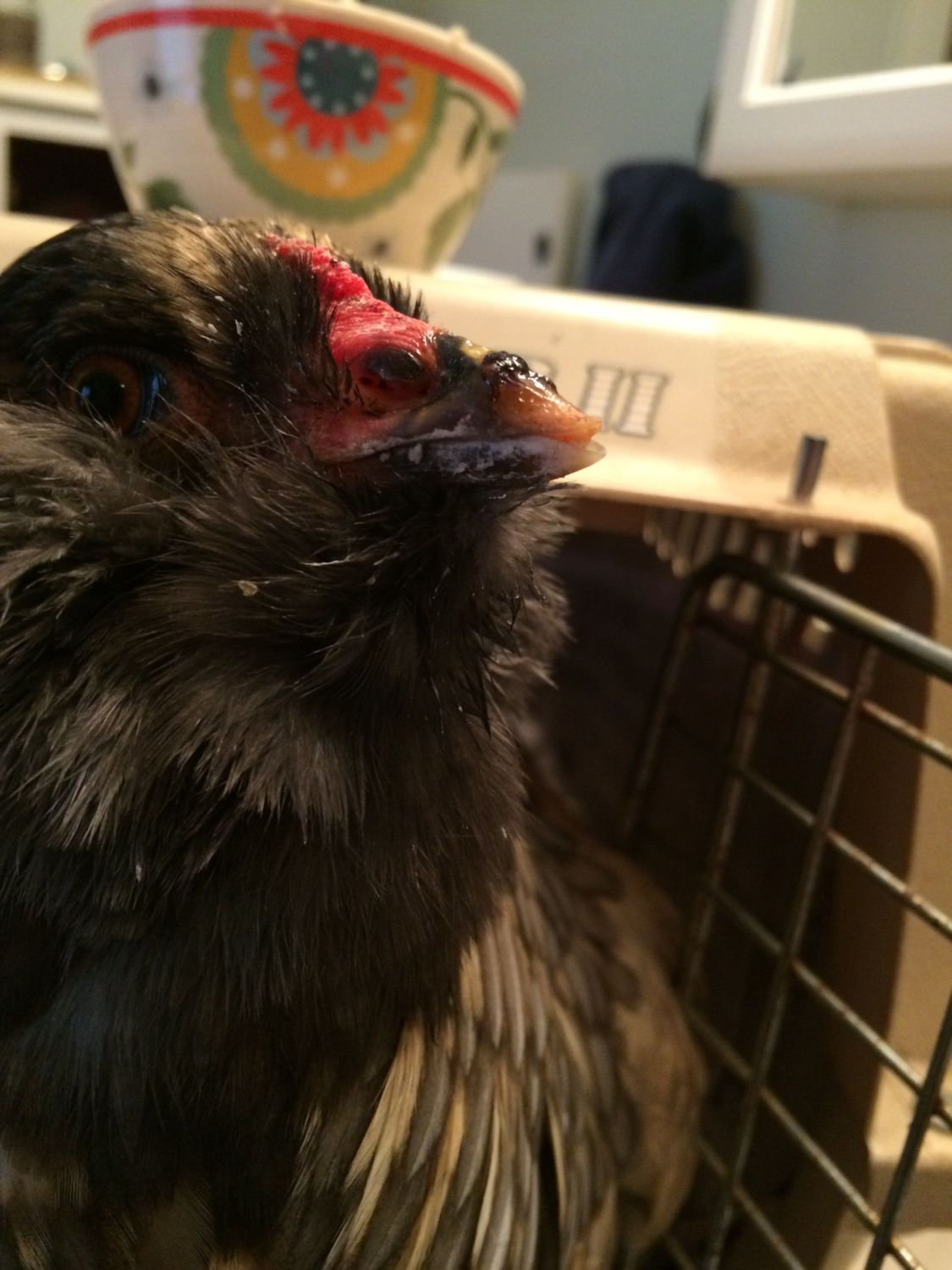Roof Of Mouth Swell

The roof of the mouth, also known as the palate, plays a crucial role in our ability to eat, speak, and breathe. When it becomes swollen, it can be a source of discomfort and concern. A swollen roof of the mouth can be caused by various factors, including infections, allergies, injuries, and certain medical conditions. In this article, we will delve into the possible causes, symptoms, and treatment options for a swollen roof of the mouth.
Causes of a Swollen Roof of the Mouth
One of the most common causes of a swollen roof of the mouth is an infection. This can be due to a bacterial, viral, or fungal infection, which can spread to the palate from other parts of the mouth or throat. For instance, a study published in the Journal of Oral Science found that bacterial infections, such as strep throat, can cause inflammation and swelling in the roof of the mouth. Additionally, sinus infections can also cause the palate to become swollen, as the sinuses are located close to the roof of the mouth.
Allergic reactions can also cause the roof of the mouth to become swollen. This can be due to an allergic reaction to food, medications, or other substances. For example, some people may be allergic to certain types of toothpaste or mouthwash, which can cause an allergic reaction and lead to swelling in the palate. Furthermore, certain medical conditions, such as oral thrush, can also cause a swollen roof of the mouth. Oral thrush is a fungal infection that can cause white patches to appear on the tongue, inner cheeks, and palate, leading to swelling and discomfort.
Symptoms of a Swollen Roof of the Mouth
The symptoms of a swollen roof of the mouth can vary depending on the underlying cause. However, common symptoms include:
- Swelling and redness of the palate
- Pain or tenderness in the roof of the mouth
- Difficulty speaking or swallowing
- Bad breath
- A feeling of fullness or pressure in the mouth
- White patches or sores on the palate
In some cases, a swollen roof of the mouth can be a sign of a more serious underlying condition. For instance, a swollen palate can be a symptom of a condition called angioedema, which is a rare but potentially life-threatening condition that causes the tissues in the mouth, throat, and lungs to become swollen.
Treatment Options for a Swollen Roof of the Mouth
The treatment for a swollen roof of the mouth depends on the underlying cause. If the swelling is caused by an infection, antibiotics or antifungal medications may be prescribed to treat the infection. For example, a study published in the Journal of Clinical Microbiology found that antibiotics can be effective in treating bacterial infections that cause swelling in the roof of the mouth. If the swelling is caused by an allergic reaction, antihistamines or corticosteroids may be prescribed to reduce the swelling and alleviate symptoms.
In addition to medication, there are several home remedies that can help to reduce swelling and alleviate symptoms. These include:
- Applying a cold compress to the roof of the mouth to reduce swelling
- Using a saline mouthwash to reduce inflammation and kill bacteria
- Eating soft, bland foods to reduce discomfort and irritation
- Avoiding spicy or acidic foods that can irritate the palate
- Practicing good oral hygiene to prevent infections and promote healing
Practical Application Guide: Reducing Swelling and Alleviating Symptoms
To reduce swelling and alleviate symptoms, it is essential to practice good oral hygiene and take steps to prevent infections. Here are some practical tips:
- Brush your teeth at least twice a day with a fluoride toothpaste
- Floss once a day to remove food particles and bacteria from between your teeth
- Use a saline mouthwash to reduce inflammation and kill bacteria
- Avoid sharing utensils or drinking glasses to prevent the spread of infections
- Get regular dental check-ups to identify and treat any oral health problems early
Frequently Asked Questions
What are the common causes of a swollen roof of the mouth?
+The common causes of a swollen roof of the mouth include infections, allergic reactions, injuries, and certain medical conditions such as oral thrush.
How can I reduce swelling and alleviate symptoms at home?
+To reduce swelling and alleviate symptoms at home, you can apply a cold compress to the roof of the mouth, use a saline mouthwash, eat soft, bland foods, and practice good oral hygiene.
When should I seek medical attention for a swollen roof of the mouth?
+You should seek medical attention if you experience severe pain or difficulty speaking or swallowing, if you have a fever or swollen lymph nodes, or if you notice white patches or sores on the palate.
Can a swollen roof of the mouth be a sign of a more serious underlying condition?
+How can I prevent a swollen roof of the mouth?
+To prevent a swollen roof of the mouth, you can practice good oral hygiene, avoid sharing utensils or drinking glasses, and get regular dental check-ups to identify and treat any oral health problems early.
In conclusion, a swollen roof of the mouth can be a source of discomfort and concern. However, by understanding the possible causes, symptoms, and treatment options, you can take steps to reduce swelling and alleviate symptoms. Remember to practice good oral hygiene, avoid sharing utensils or drinking glasses, and get regular dental check-ups to prevent a swollen roof of the mouth. If you experience severe pain or difficulty speaking or swallowing, seek medical attention immediately. With proper care and attention, you can prevent a swollen roof of the mouth and maintain good oral health.

